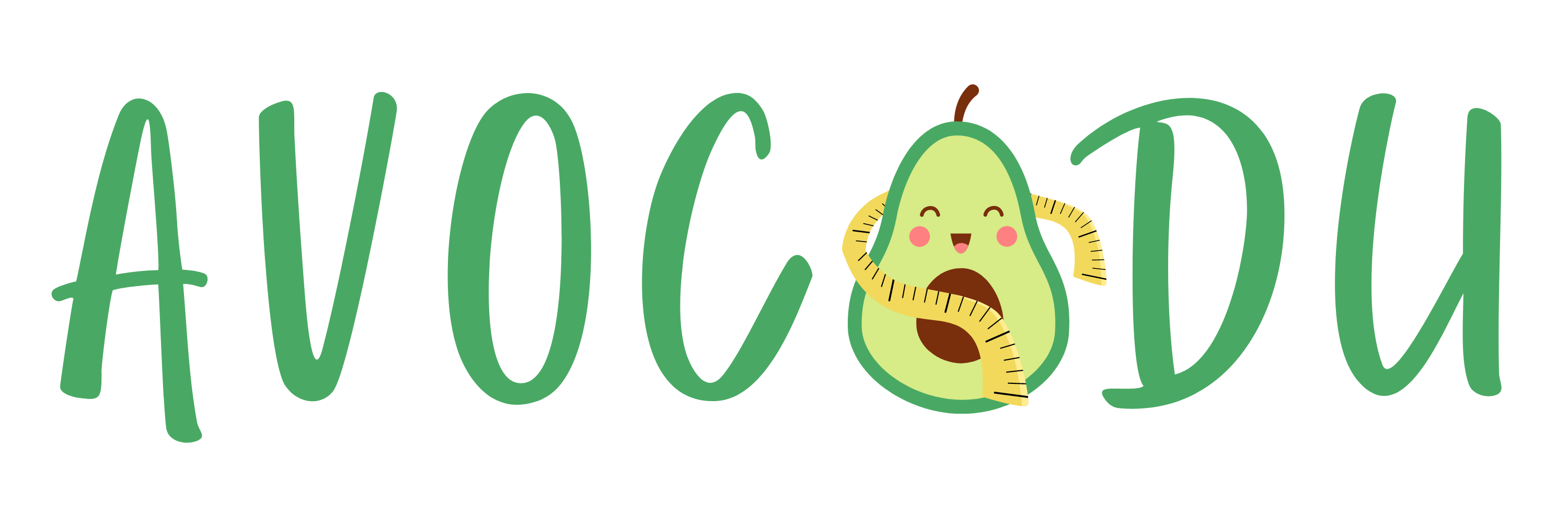12 Rare Antique Religious Texts With Only a Few Copies Left
Antique religious texts hold a special place in history and culture. Some of these books are extremely rare, with only a few copies known to exist. They offer unique insights into ancient beliefs and traditions. Collectors and historians value these texts for their historical importance and beauty. This article explores some of the most fascinating rare religious books still around today.
This post may contain affiliate links, which helps keep this content free. Please read our disclosure for more info.
The Dead Sea Scrolls
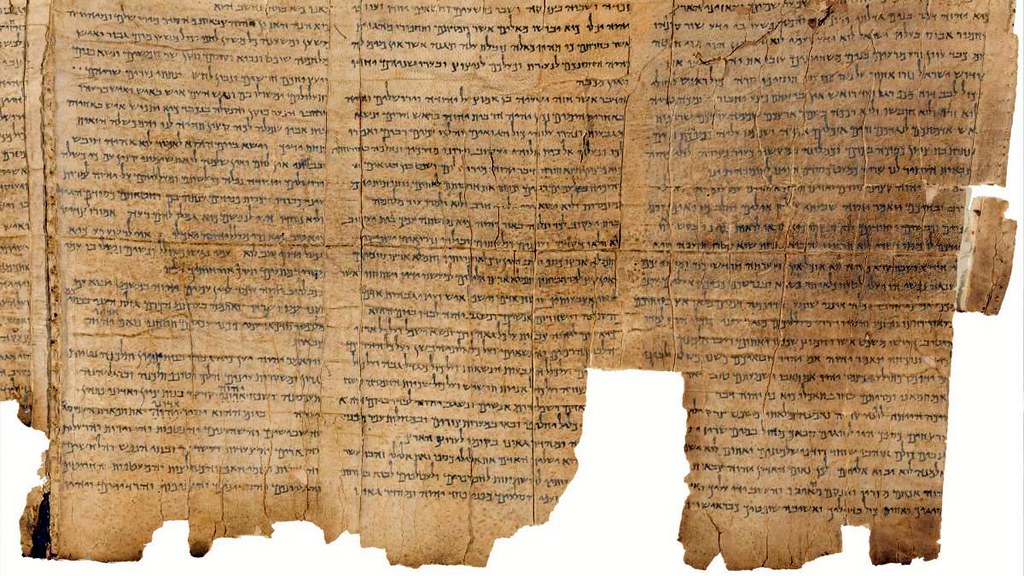
The Dead Sea Scrolls are ancient Jewish manuscripts discovered near the Dead Sea between 1947 and 1956. They include biblical texts, religious writings, and community rules, dating from about 300 BCE to 100 CE. These scrolls were written by the Jewish sect called the Essenes, who lived in the Qumran area. Around 900 scrolls or fragments were found, with most now housed in the Israel Museum in Jerusalem.
Only a limited number of original scrolls exist today, mostly preserved in controlled conditions due to their fragile state. They offer invaluable insight into early Judaism and the origins of Christianity. The scrolls have been digitized and partially published for study worldwide. Estimated market value for individual fragments is very high, potentially reaching millions of dollars, but whole scrolls are priceless and not available for sale.
The Diamond Sutra
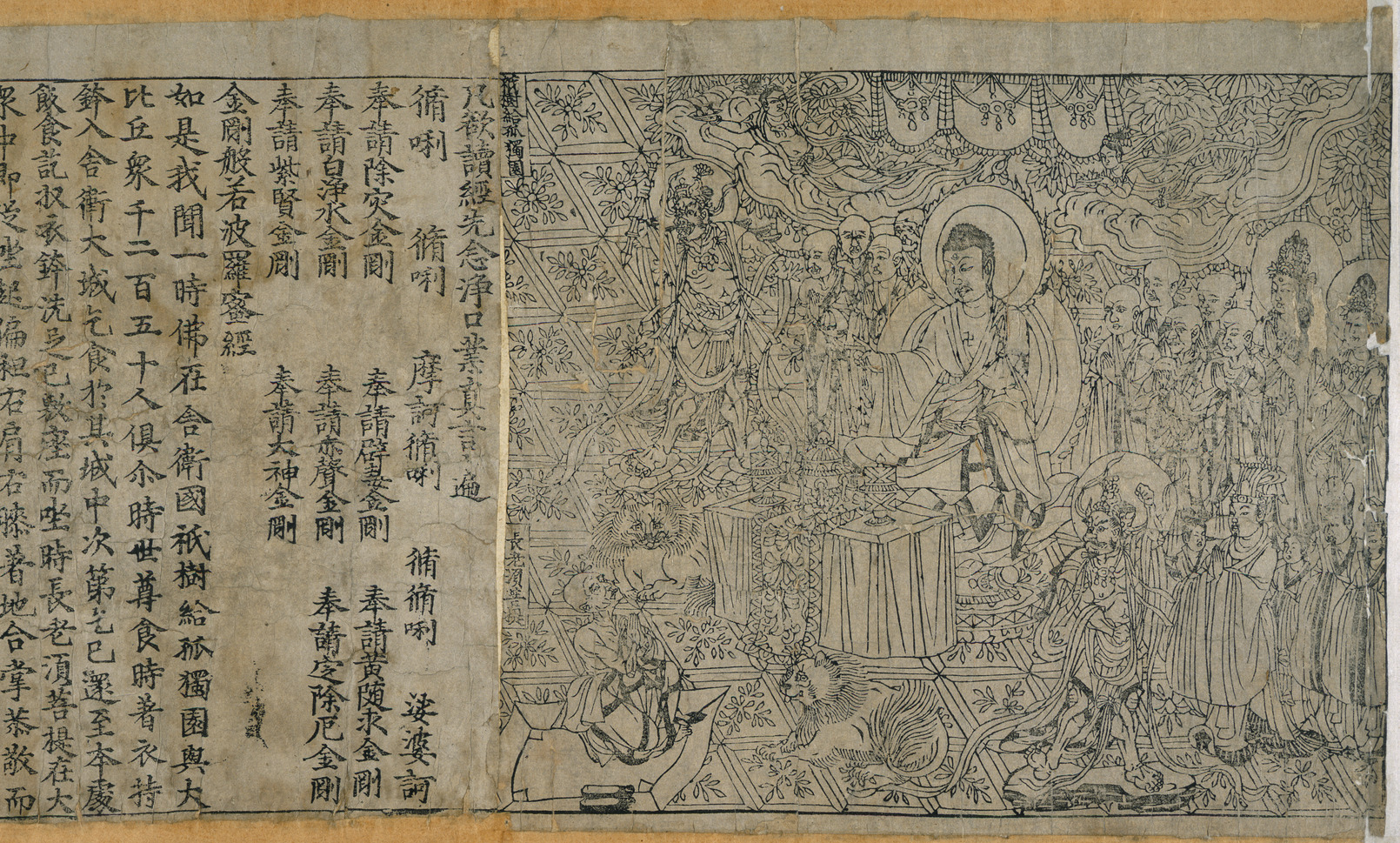
The Diamond Sutra is a Buddhist scripture considered one of the oldest printed books in the world. It was produced in China in 868 CE using woodblock printing techniques. The text is attributed to the teachings of the Buddha and emphasizes the practice of non-attachment. Only a few early copies survive, with the most famous one held at the British Library.
The surviving Diamond Sutra is a scroll approximately five meters long, showcasing early printing skills. It reflects important Buddhist philosophy and has influenced East Asian religious thought. The original copy is carefully preserved and rarely displayed to the public. Its market value is difficult to estimate due to its rarity and cultural significance but would likely be in the tens of millions if ever sold.
The Gutenberg Bible
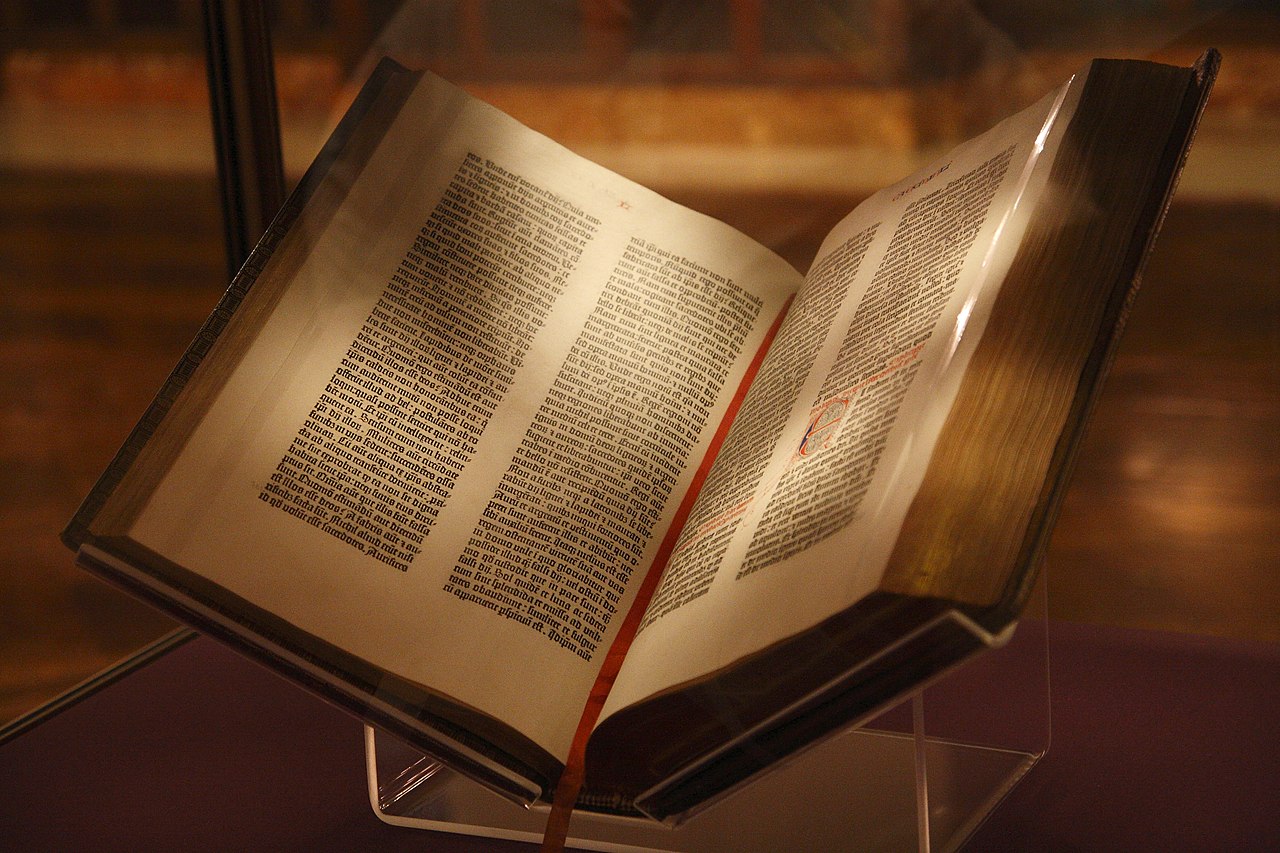
The Gutenberg Bible is the first major book printed using movable metal type in Europe around 1455. It was created by Johannes Gutenberg in Mainz, Germany, marking a revolution in book production. About 180 copies were originally printed, with only 49 known to survive today. This Bible helped spread literacy and religious knowledge across Europe.
Surviving copies are scattered in museums, libraries, and private collections worldwide. It is praised for its high-quality craftsmanship and beautiful typography. Many copies are incomplete, but even fragments fetch high prices. Market value for a complete copy can reach over $30 million due to its historical importance.
The Book of Kells
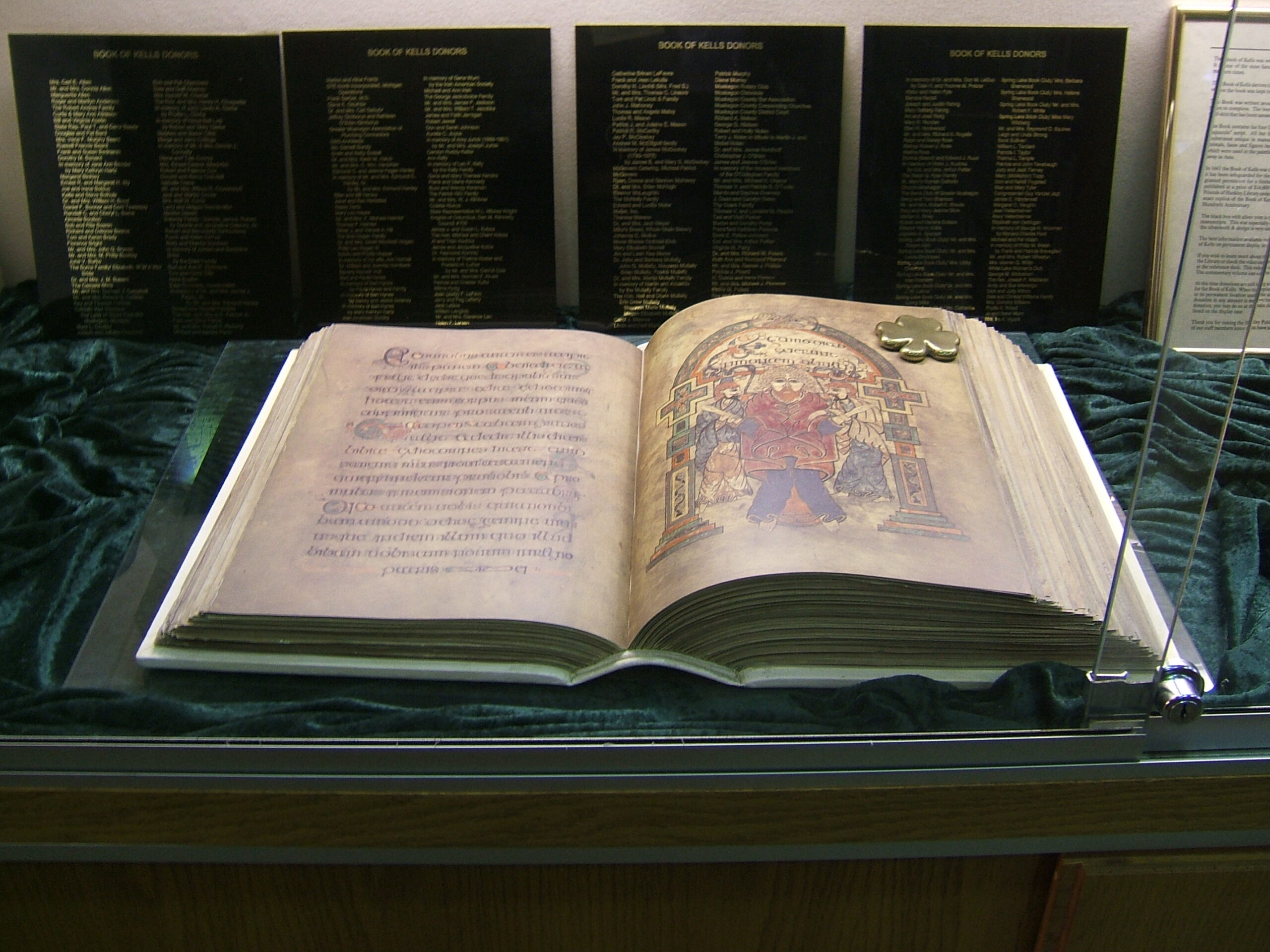
The Book of Kells is an illuminated manuscript containing the four Gospels of the New Testament. It was created by Celtic monks around 800 CE, likely in Ireland or Scotland. This manuscript is famous for its intricate artwork and vibrant colors. Only one complete copy exists, preserved at Trinity College in Dublin.
The book is written on vellum and includes detailed illustrations that blend Christian symbolism with Celtic art. It took years to produce and served as a symbol of religious devotion. The Book of Kells attracts millions of visitors each year and is rarely loaned out. Its value would be enormous if offered for sale, easily in the tens of millions.
The Cairo Genizah Manuscripts
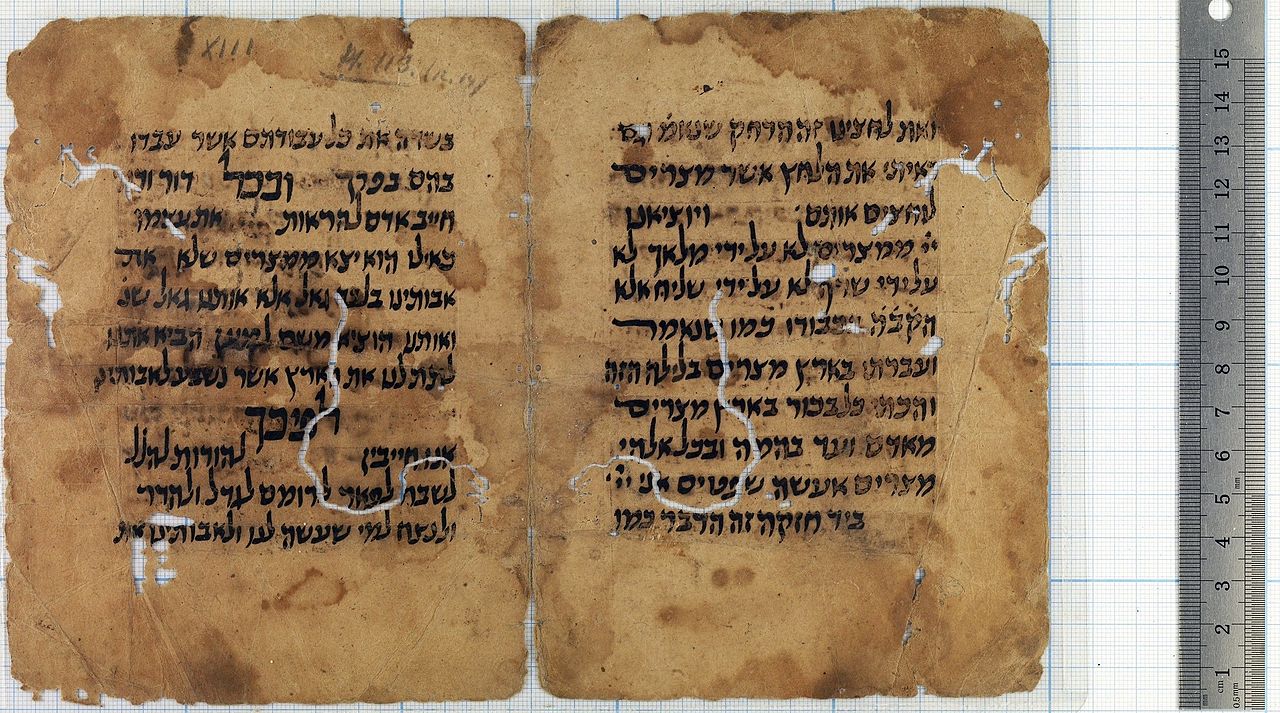
The Cairo Genizah Manuscripts are a collection of over 300,000 Jewish manuscript fragments found in a synagogue in Cairo. They date from about the 9th to 19th centuries and include religious texts, letters, and legal documents. These manuscripts were written by multiple Jewish scribes over centuries. Many fragments are now housed in libraries such as the Cambridge University Library.
The Genizah provides a rare look into medieval Jewish life, law, and religion. It contains some of the earliest known Hebrew texts. Due to their large number, many are small pieces rather than full books. The combined value of the collection is significant but varies widely depending on rarity and condition.
The Codex Sinaiticus
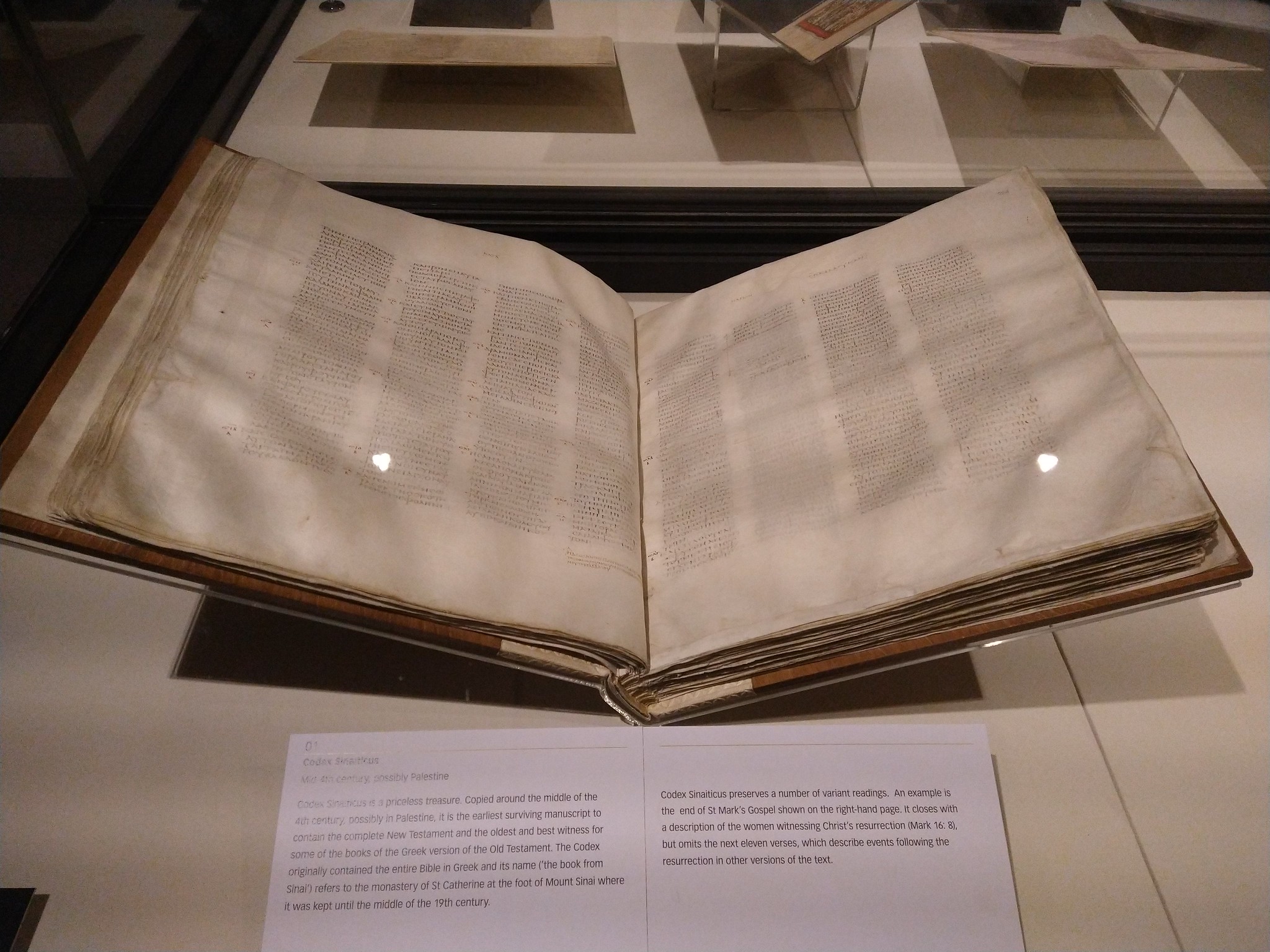
The Codex Sinaiticus is one of the oldest complete copies of the Christian Bible, dating from the 4th century CE. It was written by several unknown scribes using Greek script on parchment. This manuscript includes the Old and New Testaments and some additional texts not found in modern Bibles. Only one original codex exists, split among several institutions like the British Library and the Monastery of Saint Catherine.
Its age and completeness make it a vital source for biblical studies. The codex has undergone preservation and digitization efforts to protect it. It is displayed occasionally but is mainly used by scholars. Its market value is extremely high but it is considered a cultural treasure unlikely to be sold.
The Codex Alexandrinus
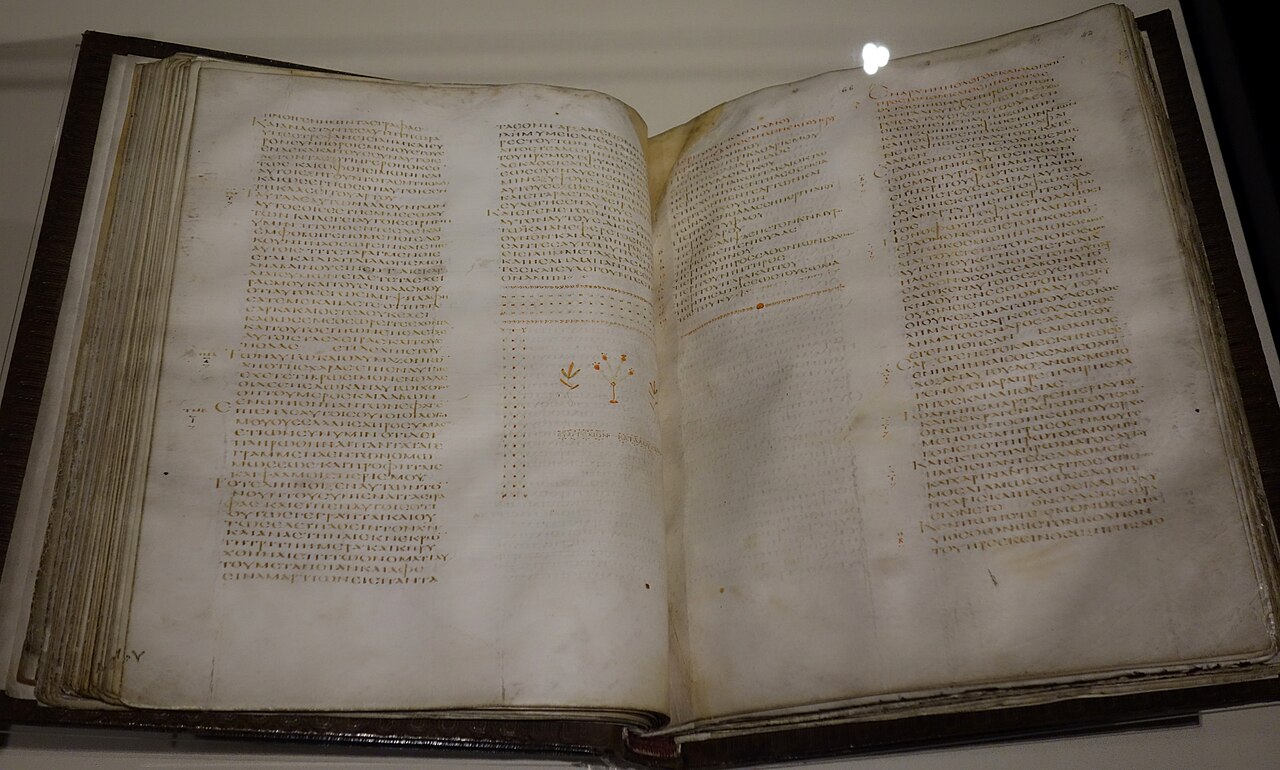
The Codex Alexandrinus is a 5th-century Greek Bible manuscript containing most of the Old and New Testaments. It was likely produced in Alexandria, Egypt, by early Christian scribes. This codex is important for understanding the early text of the Bible. It is held mainly by the British Library and other institutions.
It is written on vellum and shows signs of repair from its long history. The manuscript offers valuable insight into the transmission of biblical texts. Due to its rarity, it is treated with great care and is not publicly sold. The estimated value, if ever sold, would be very high, likely in the millions.
The Codex Gigas
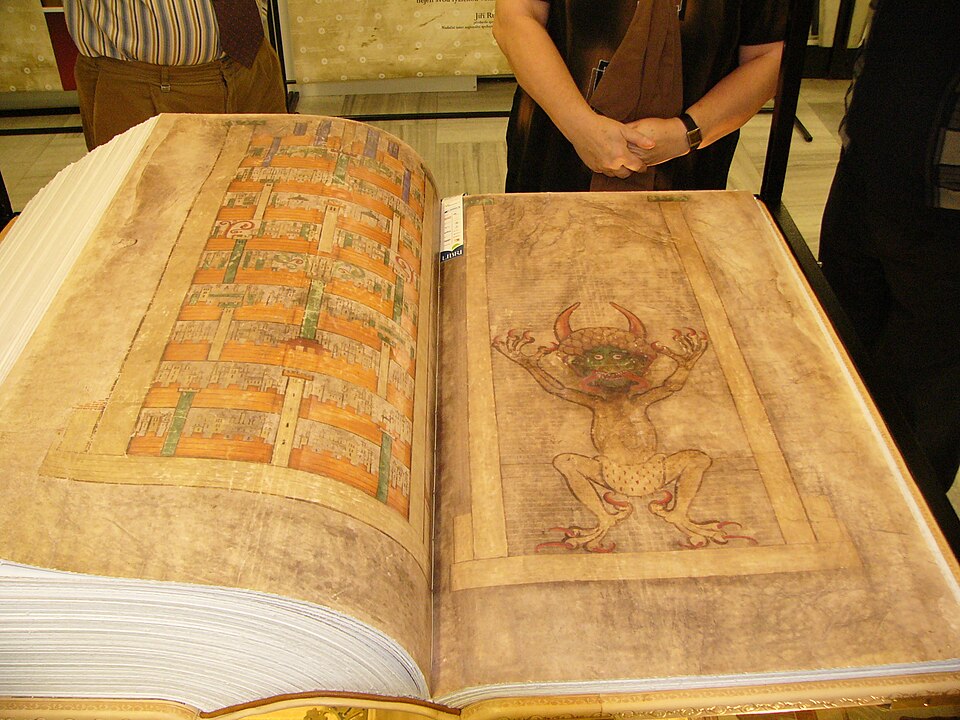
The Codex Gigas is also known as the Devil’s Bible due to a large illustration of the devil inside. It was created in the early 13th century by a single monk in Bohemia. The manuscript contains the entire Latin Bible along with other historical and medical texts. Only one copy is known to exist, preserved in the National Library of Sweden.
The book is massive, weighing about 75 kilograms and measuring nearly one meter tall. It is famous for its size and mysterious origins. The Codex Gigas is displayed occasionally and attracts much interest from scholars and visitors. Its market value would be extremely high due to its uniqueness, though it is not for sale.
The Aleppo Codex
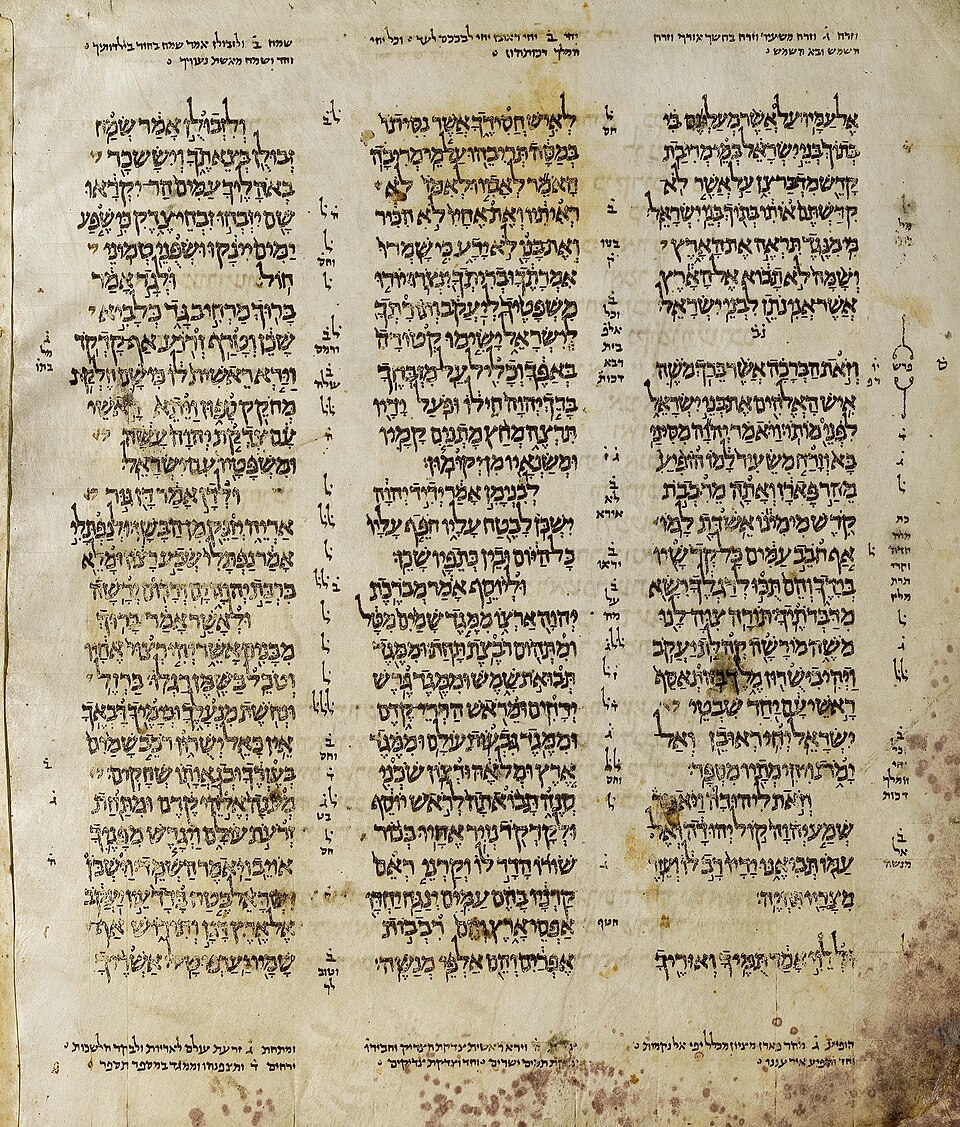
The Aleppo Codex is a medieval bound manuscript of the Hebrew Bible written in the 10th century. It was produced by Jewish scribes in Tiberias, Israel, and considered the most accurate text of the Hebrew Bible. The codex originally included all the books of the Bible but some parts were lost in the 20th century. It is currently housed in the Israel Museum.
The manuscript is prized for its precise vocalization and Masoretic notes, which guide pronunciation. It is used as a key source for modern Hebrew Bible editions. The Aleppo Codex is fragile and rarely displayed. If it were available for purchase, its value would be very high because of its religious and historical significance.
The Garima Gospels
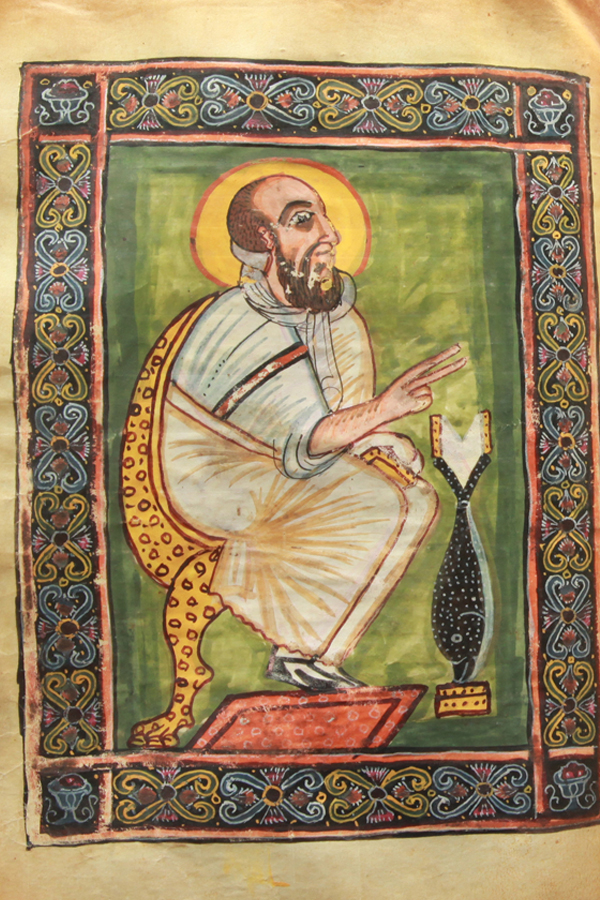
The Garima Gospels are ancient illuminated Christian manuscripts believed to date from the 5th or 6th century. They were created in Ethiopia by early Christian monks. These gospels are some of the oldest surviving illustrated Christian texts. Only two copies exist, known as Garima 1 and Garima 2, preserved in the Abba Garima Monastery.
The manuscripts are written on parchment and contain both text and colorful illustrations. They provide valuable insight into early Ethiopian Christianity. The Garima Gospels are rarely seen outside Ethiopia. Their estimated market value is very high but remains mostly academic due to their sacred nature.
The Rothschild Miscellany
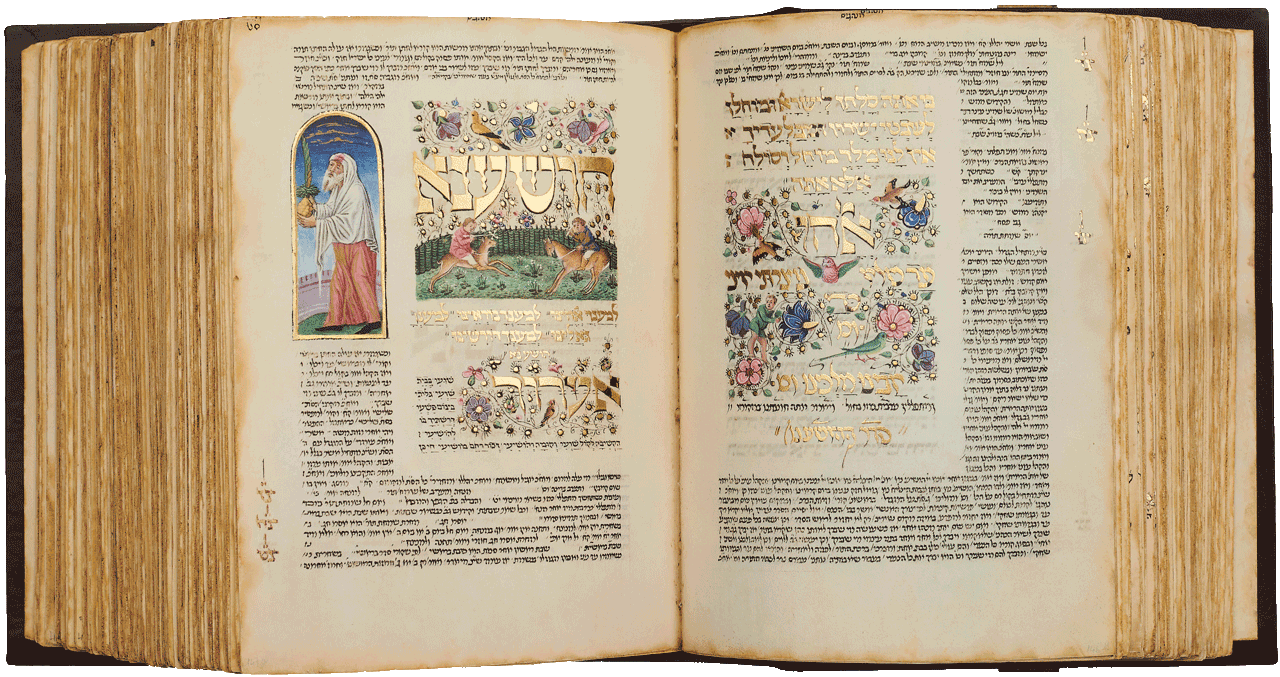
The Rothschild Miscellany is a richly illuminated medieval manuscript made in the early 15th century. It was commissioned by a wealthy patron from the Rothschild family. This manuscript contains religious texts, prayers, and calendar information. Only one known copy exists, and it is housed at the British Library.
The manuscript is notable for its detailed miniatures and gold leaf decoration. It represents the wealth and religious devotion of the European nobility of the time. The Rothschild Miscellany is considered a priceless work of art. Its estimated market value, if ever sold, would be in the millions.
The Bruce Codex
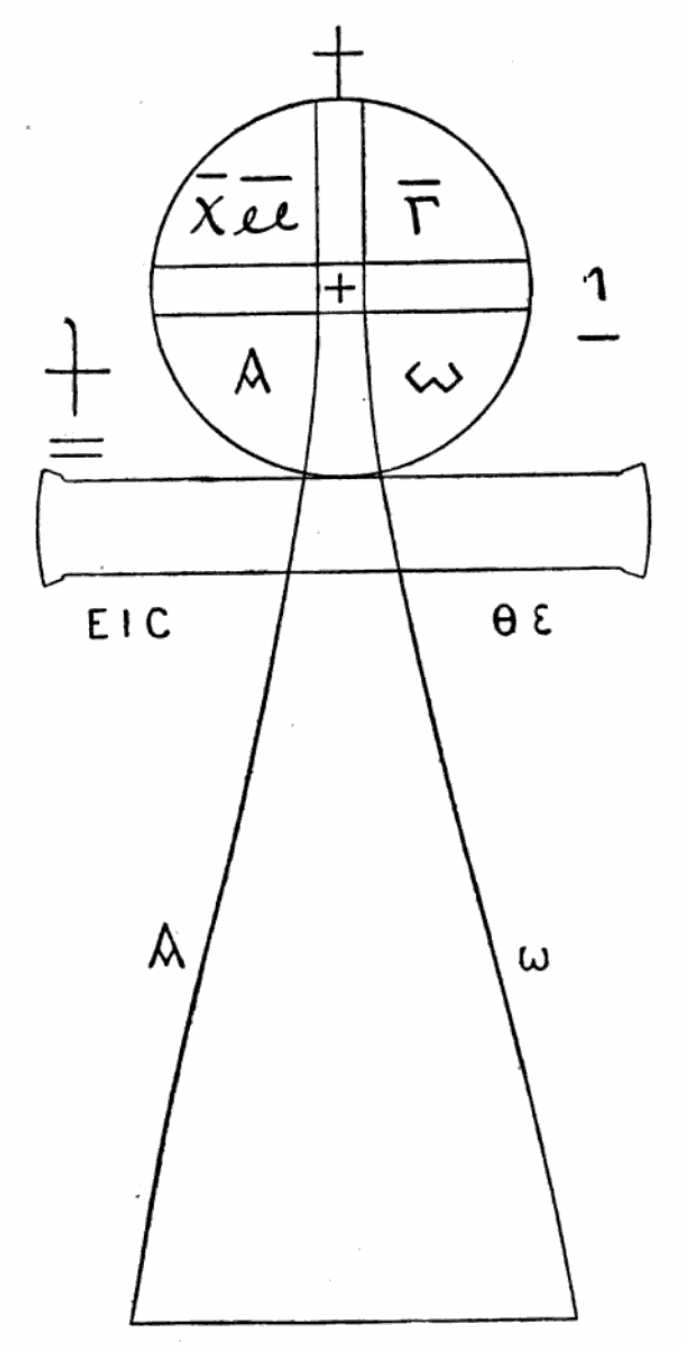
The Bruce Codex is a collection of early Christian Gnostic texts written in Coptic and Greek. It was acquired by James Bruce during his travels in Ethiopia in the 18th century. The codex dates from the 4th or 5th century and contains rare writings not found in the traditional Bible. Only one copy exists, preserved in the Bodleian Library at Oxford.
These texts offer insight into alternative Christian beliefs and practices of early sects. The codex is fragile and studied mostly by specialists. It is rarely exhibited to the public. Its market value would be high, but like other sacred manuscripts, it is unlikely to be sold.
These rare religious texts offer a unique window into the past and the beliefs that shaped cultures around the world. Their scarcity makes them highly valued by collectors, historians, and institutions alike. Preserving these manuscripts is essential for understanding religious history and heritage. Exploring these treasures allows us to appreciate the deep connections between faith, art, and history.
This article originally appeared on Avocadu.
